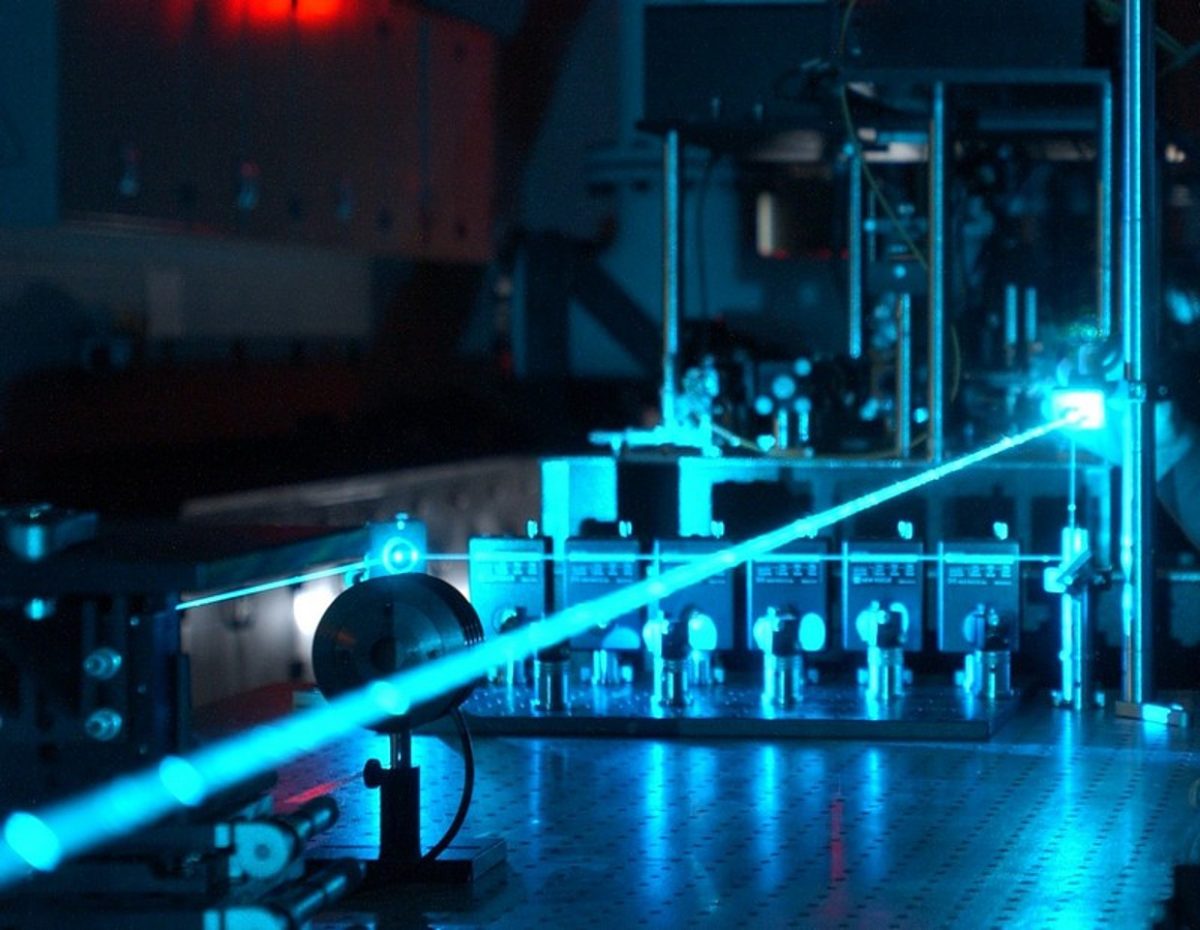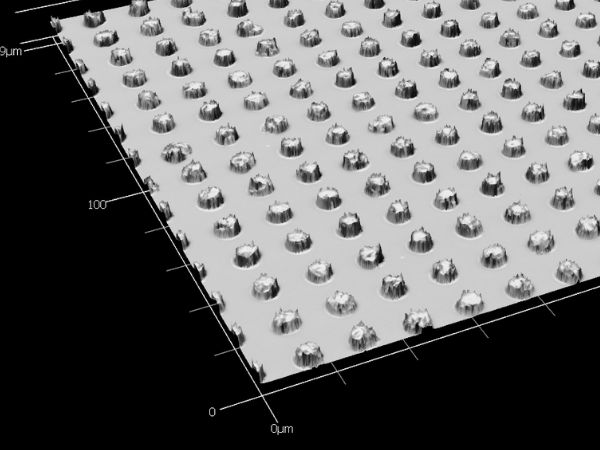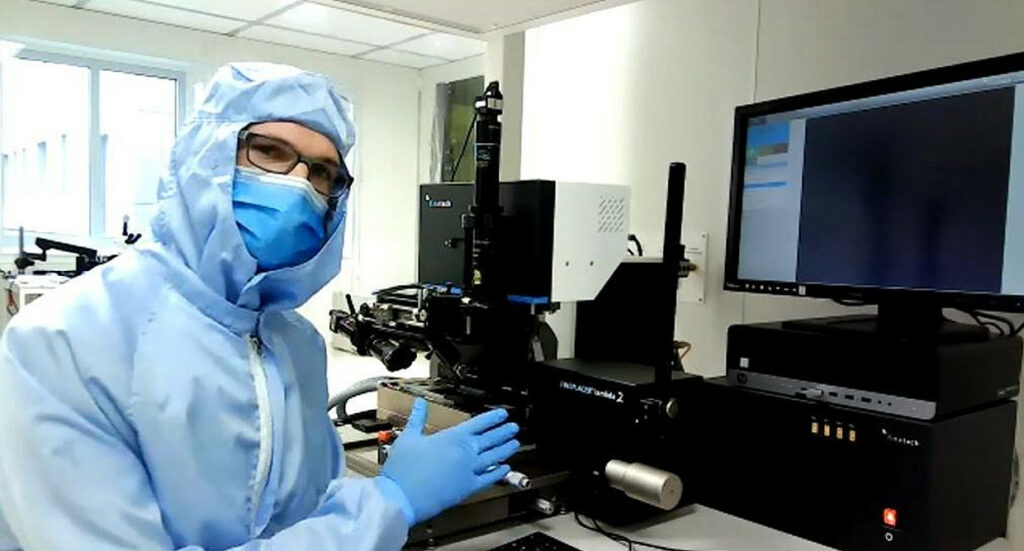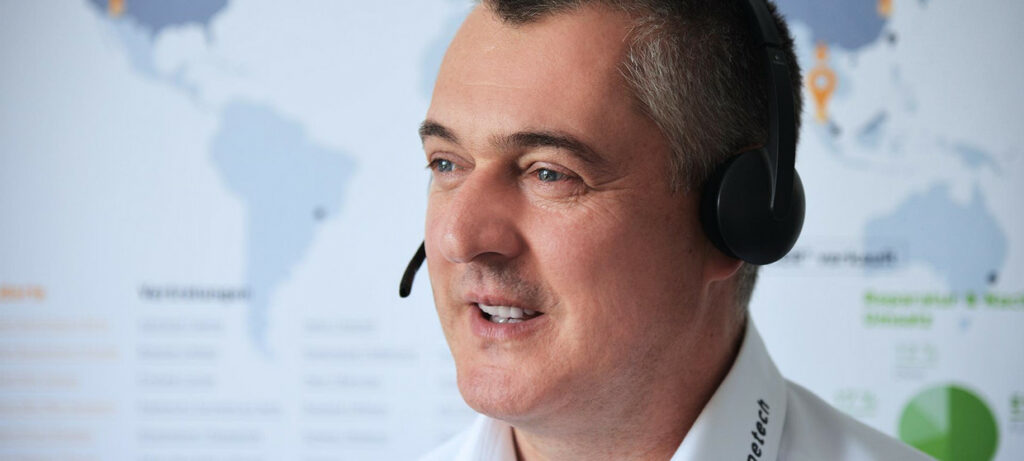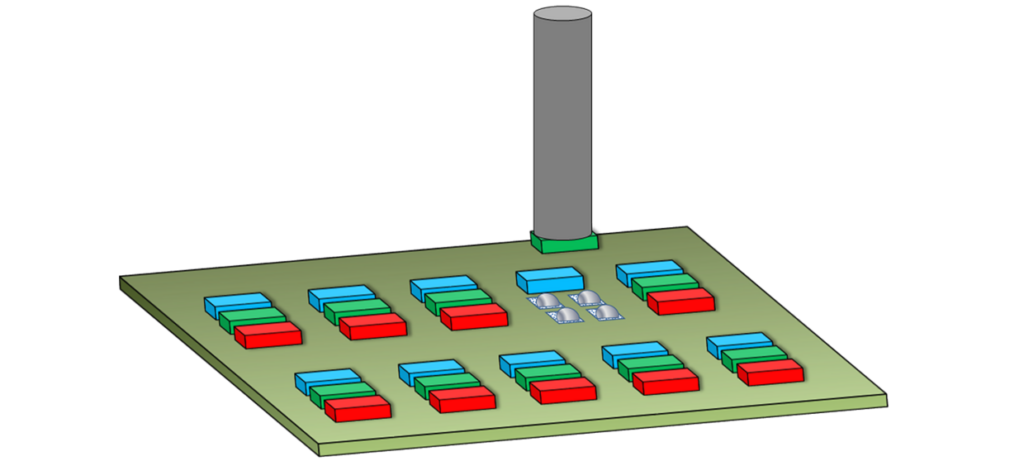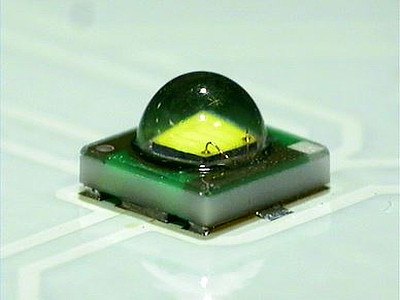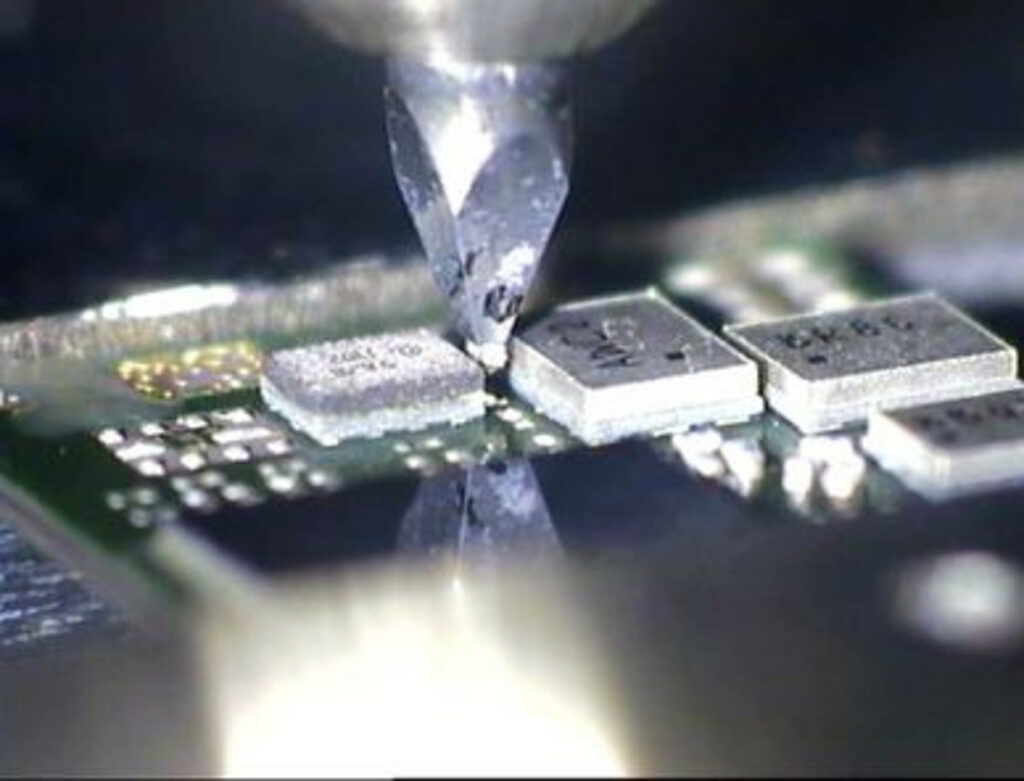With two recent optical conferences behind us (Optical Fiber Conference and Photonics West), it’s clear that one of the most intriguing applications with regard to optical device packaging and silicon photonics packaging is active alignment. We were asked about this topic several times at both events.
This gave me the idea to share some insight on the challenges of active alignment and encourage a dialogue with our customers. The inquiries we heard pertained to VCSEL and edge emitting laser bonding.
VCSEL Bonding– There are two types:
Single Emitter VCSELs – Active alignment is unnecessary because the alignment precision of Finetech is +/- 0.5 micron. Most single emitters are bonded onto TO headers, which include a lens bonded on top of the VCSEL to collimate the light (photons). In the event that multiple single emitters are being bonded to one another, this is known as a “face up” process and does not require active alignment.
VCSEL die with multiple emitters (multi-mode VCSEL) – could be 4 channel, 12 channel or a custom die with more than one emitter. Most VCSEL applications use a lens or some sort of collimator to capture and focus the photons before launching into a fiber. The lens ensures the coupling gradient is effective so the VCSEL current is maintained and keeps the device safe from over current. Each VCSEL aperture has “modes” where the light exits the VCSEL. The modes are often not in the same place. For instance, if you check the current of channel #1 compared to #4, you might see a difference is its performance. This could simply be because the modes from channel 1 to 4 are emitting light from different positions (microns). If the modes are in different locations because of how the wafer was grown, it begs the question, how to compensate for this with active alignment? To answer this, you need to understand the application – and we can help with that!
Laser Bar/Diode – Pre-checking or “binning” each laser diode before it is bonded onto its C, Cs, Cu or other type of mount is pretty typical. And it is common to check the performance of each laser die prior to bonding, to achieve maximum performance. Active alignment for laser bar/diode applications is achievable when assembling other optics (beam splitter, output couplers, etc). These optical devices are, for the most part, transparent and bonded with UV epoxy. Lasing while placing these discrete optical devices is possible. Within this capability, there must be a feedback method while lasing and placing to ensure maximum performance of the laser during placement. Once the laser die performance is maximized, the UV epoxy is cured. It is important to cure the epoxy while the feedback is being monitored to ensure the epoxy shrinkage does not change the position and/or performance of the optical devices. A slow process, but yes, it does work.
I encourage questions about this challenge. We can explain why active alignment works or doesn’t work for a particular project and I’m optimistic about providing solutions, regardless of how difficult the challenge may be. This is a field we continue to learn about as well. Happy Bonding!
06/20/2016, created by: Robert Avila

